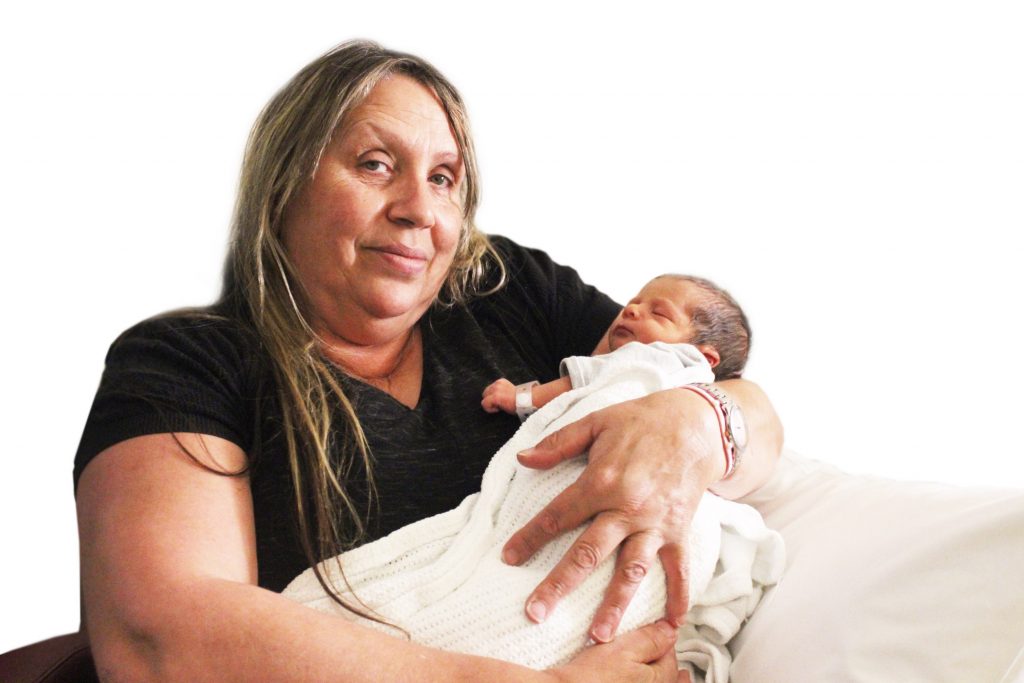 March 22, 2019
March 22, 2019 Did you know that Australia’s Indigenous people on average, die 10 to 17 years earlier than other Australians?
Did you know that Australia’s Indigenous people on average, die 10 to 17 years earlier than other Australians?
The Close the Gap campaign aims to close the health and life expectancy gap between Aboriginal and Torres Strait Islander peoples and non-Indigenous Australians within a generation.
The Close the Gap Campaign 2019 report, ‘Our choices, our voices‘, identifies three priority themes to boost progress in meeting the Closing the Gap targets. These are, targeted and needs-based primary healthcare, a responsive healthcare system and good housing for good health.
The Northern Health Aboriginal Healthcare policy, focusses on six key priority areas of Koolin Balit: Victorian Government’s strategic directions for Aboriginal health 2012-2022 – a healthy start to life; a healthy childhood; a healthy transition to adulthood; caring for older people; addressing risk factors and managing illness better with effective health services.
Northern Health’s Koori Maternity Service, which provide accessible and culturally appropriate pregnancy care for Koori families in the north, was awarded the Minister for Health’s Award in 2017 for Improving Indigenous Health – Closing the Gap.
The Koori Cuddling Program launched last year as part of this service, pairs babies from families unable to be with their baby, with an aunt or guardian figure from the Aboriginal community.

“The program, which is probably the first of its kind in Victoria, offers a culturally safe space for Koori mums, respecting their customs and traditions and, in turn, provides the comfort and reassurance they need at this critical stage of motherhood,” says Aboriginal Health Worker, Jo Quinn, who runs the Koori Maternity Service Program.
Karen Bryant, Senior Aboriginal Liaison Officer, believes Indigenous people have the right to self-determination and full participation in decision making about issues that affect us.
“We must celebrate the achievements in our community, but also continue to look at improving the health and well-being of our people, particularly in the acute health setting, with Indigenous involvement designing better services, which will impact on improved outcomes for our mob!” Karen says.


